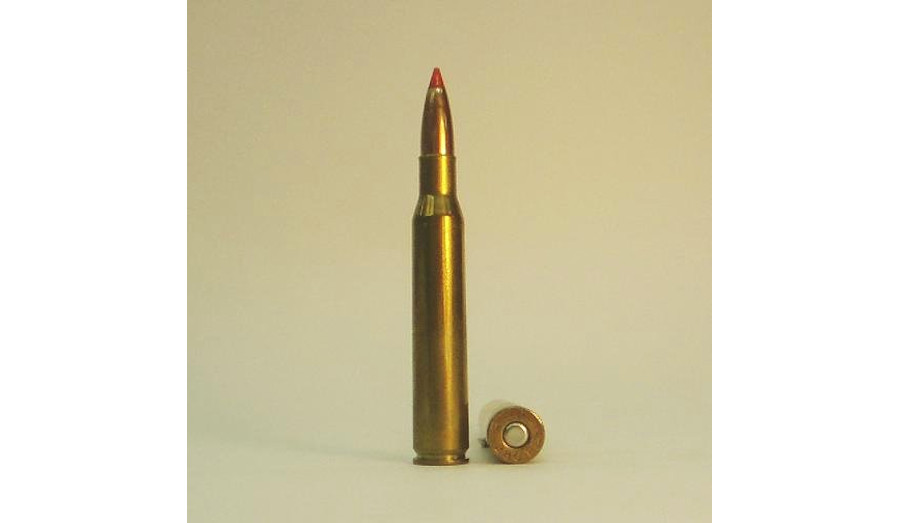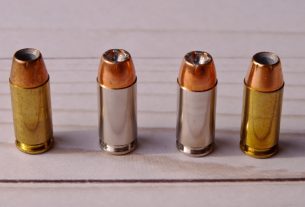When it comes to the marketing of cartridges, Remington doesn’t have a great track record. Many of the most popular hunting cartridges around today bear the name of its great competitor, Winchester. That would include the .30-30 Winchester, the .243 Winchester, the .270 Winchester, and the .308 Winchester.
By comparison, Remington’s cartridge offerings often fall far behind in popularity, such as the 6mm Remington or the .30 Remington AR. But that’s not because they’re not capable cartridges. One of the big knocks on them has been that Remington comes up with great ideas but then doesn’t do the right product development and marketing. And one very capable cartridge that Remington failed on was the .280 Remington.
The .280 Remington was introduced in 1957, and intended to compete against the .270 Winchester, among others. With a more than 30-year head start, however, competing against the .270 Winchester proved to be a tall task. Faced with lackluster sales, Remington renamed the cartridge the 7mm-06 Remington, then the 7mm Express Remington, and then finally the .280 Remington once again. Those naming changes led to confusion, as the 7mm Express Remington name caused confusion between the .280 and the 7mm Remington Magnum introduced in 1962.
While the .280 Remington has never been a hugely popular cartridge, it nonetheless maintains a devoted following among hunters who appreciate its performance. With the wide variety of 7mm bullets available, the .280 Remington allows hunters the ability to shoot bullets between 100 and 175 grains. At the top end, bullet weight is heavier than the most commonly available heavy bullets in the .270 Winchester.
Performance of the .280 Remington is roughly equivalent to the .270 Winchester and the larger .30-06 Springfield. And in some cases the .280 Remington can get within 100 feet per second of the performance of the larger 7mm Remington Magnum. The .280 is capable of pushing 120-grain bullets to 3,250 feet per second, 150-grain bullets to 2,800 feet per second, and 175-grain bullets to 2,700 feet per second, for up to 2,800 foot-pounds of muzzle energy. That makes it capable of taking just about any game in North America.
As with many other rifle cartridges today, ammunition will be expensive, when you can find it. Expect to pay around $3 per round at today’s prices. Factory ammunition may not be available everywhere, but handloading components are generally pretty easy to obtain, as 7mm bullets are popular and common.
The .280 Remington has seen a little bit of a resurgence in popularity, buoyed by the renewed popularity in the .280 Ackley Improved version of the cartridge. If you have a .280 Remington or .280 AI rifle, it’s certainly quite capable in any survival scenario. But if you value ammunition availability, either stock up on ammo and reloading supplies or choose a cartridge that’s a little more easily found.
This article was originally posted on Red Tea News.





